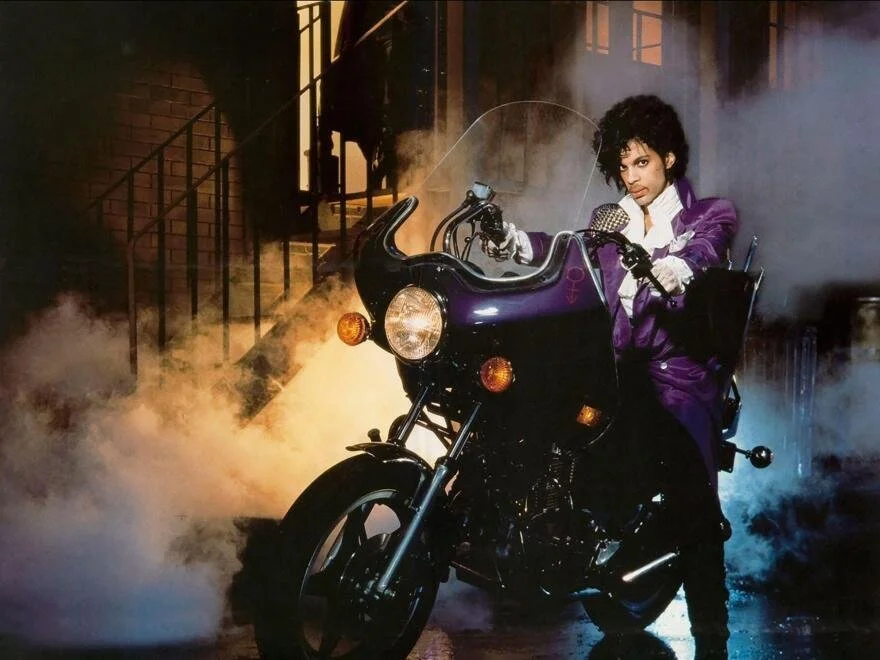Zack Snyder's Justice Lube 15: Monsters and how to make them
/Scene 14: Introducing Cyborg, sort of (47:16-47:57)
And now, for your consideration, the first post-credits appearance of Victor Stone, aka. Cyborg. At only 40 seconds this is obviously a fragment of a longer scene, but it conveys a few crucial bits of information.
Silas Stone enters a dark apartment (seriously, has he never heard of electric lighting?), pausing as soon as he steps inside. Something off-camera is making him hesitate, but Stone’s body language suggests that he’s gathering himself emotionally for what comes next. Within the first second of this scene we sense that Stone’s home is a place of trauma and conflict. No wonder he works such long hours at the lab.
He swings the door shut. The alarm system mounted next to the door is dead. Not dormant or unarmed: dead. The camera pans left with Stone and we see a figure in the background dressed in grey athletic wear. He’s stock-still and planted facing the closet, like the unfortunate camper at the end of The Blair Witch Project.
Silas speaks. “Victor, the box isn’t safe here”. Ah ha! So that’s where the missing object from the lab ended up (a fact that astute viewers will have already put together from the credits sequence). The camera cuts to a close-up on Victor from behind. He raises his head, and the sound of servomotors hums beneath the soundtrack. Silas repeats his name, as if trying to reach some part of this person. He explains that people were taken at the lab by “some kind of monsters”. So now it’s plural. I suppose multiple abductees require multiple abductors.
Victor turns his head to the right so we see his profile in silhouette. A red glow illuminates the bridge of his nose and the curve of his hood. “You know a lot about monsters,” he says, his voice both human and mechanical.
The perspective moves into the closet to show a full body image of Victor. The camera descends and pulls focus as it does, going from Victor to the strange box. A red glow emanates from one eye, another from his chest, forming a vertical line like a surgical scar. One hand appears to be mechanical. As the focus moves to the foreground, we see elements of Victor’s life: trophies in a box, a football, and in the extreme foreground, the box itself.
Victor slams the closet door, echoing his father’s action at the start of the scene. Then for no particular reason, he turns his head to the left and grants us with another profile view. This time we get a better look at his cyborg-enhanced face. “Especially how to make ‘em,” he rasps. Again, astute viewers will recall the video clip of Silas and Victor from Batman v Superman, in which the closet box reconstructs Victor from an upper torso. Closet boxes: handy and horrific.
So what have we got? First off, the Stone family lives in a surprisingly small apartment. If I were Silas Stone, the first thing I’d do after transforming the torso of my son into a resentful monster made of alien technology is buy a bigger place. Give your monster son more privacy to brood, Dr. Stone. There could be a commentary in here on Black generational wealth and the decades of unfair housing practices, but I doubt ZSJL has that degree of social awareness. It’s more likely the case that superhero comic book characters, by default, tended to live in apartments, which probably speaks to the living conditions of comic artists in New York. Suburban and rural dwellings often signify a retreat from heroism or an exploration of the conflict between heroism and family life. Mansions are the homes of villains and Batman/Iron Man. Imagine a tenement-raised Superman instead of a cornfed Kansan. Has anyone done a study on the architecture of superhero comics?
Secondly, we know that Victor is massively angry at his father for doing… whatever it is he’s done to him. The small, dark but decently appointed Stone apartment may as well be a cage or a ratty basement. The closet is littered with the relics of his past life and an alien object of which he seems to be the unwilling guardian. He’s even doing double duty as alarm system for the apartment, and I’m guessing he’s none too happy about that either.
Thirdly (thricely! huzzah!), Silas Stone is burdened with the weight of what he’s done to his son. We don’t know the specifics, but we see it in Joe Morton's performance: the hesitancy in his body language, the way he repeats his son’s name, the fact that he spends most of his time at the lab. It may even be that he’s afraid of his son. We never know what we’re in for when we raise a child, but our redemption or damnation is contained in their frame. Silas Stone is now a father twice over to one child, and it’s unclear whether the second time is a charm.



























